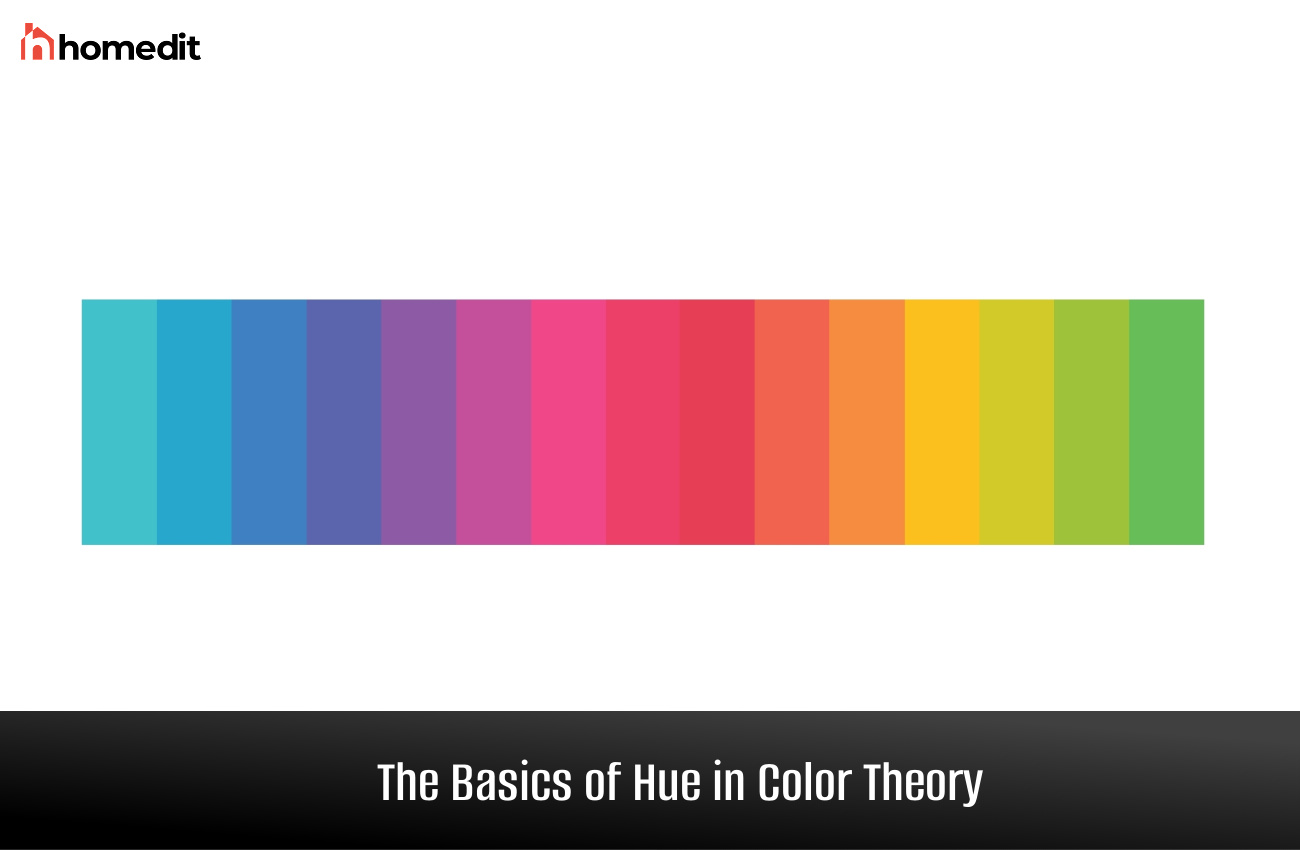The exuberance of color permeates our existence, infusing our lives with meaning, emotion, and cultural resonance. The hues that we encounter daily construct a tapestry that is not only aesthetic but also profoundly symbolic. This article endeavors to explore the intricate relationship between hue and history through the lens of cultural relativism, defining how various societies interpret color and how these interpretations have shaped human activity across epochs.
Understanding this relationship begins with the foundational concept of hue, traditionally defined as the attribute of color discernible by the human eye. However, in examining hue beyond its scientific attributes, one finds that color serves as a linguistic and psychological marker, shaping identity and societal norms in multifaceted ways. Cultures interpret color with differing nuances, informed by environmental, historical, and social contexts.
Cultural Interpretations of Hue
Color symbolism varies widely across cultures, often providing critical insights into societal values and hierarchies. For instance, red might evoke fervent emotions, encapsulating passion and danger in Western cultures, while in some Eastern societies, it is synonymous with prosperity, luck, and joy. The duality of red’s representation exemplifies the principle of cultural relativism—understanding that meanings are not universal but contingent upon collective experiences and historical narratives.
Statistical analyses across cultures reveal distinct preferences and aversions to specific colors, further substantiating how hue shapes societal behavior. In many indigenous cultures, certain colors are reserved for sacred experiences, embodying deep spiritual significance that transcends commercial or aesthetic valuations. Thus, one may argue that colors partake in a semiotic system wherein hues serve as visual language, communing with the observer in profound ways.
Hues Through Historical Lenses
Throughout history, specific hues have evolved from mere artistic expressions into powerful symbols of political and social movements. The power dynamics associated with color can be traced back to the production of dyes and pigments. Royal blue, for example, was once derived from a labor-intensive process using lapis lazuli, making it an exclusive hue for the elite. As access to different pigments expanded with trade, the democratization of color allowed broader societal access to what was once deemed royal. This phenomenon indicates how hues can shift in meaning and value based on society’s structure.
Furthermore, the association of colors with particular periods of history is significant. The color white symbolizing peace in the West juxtaposes its representation in some Eastern cultures, where it is often associated with mourning. This dichotomy highlights how historical events and cultural practices, such as colonialism, industrialization, and globalization, have perpetuated different connotations of hues.
Case Studies in Color and Culture
Examining case studies helps to illuminate the ways hue has historically influenced both art and societal values. The Impressionist movement, for instance, pivoted on the innovative exploration of color through light. The use of vibrant hues in landscapes signified a shift in how artists perceived the world, reflecting internal emotions and societal transitions in 19th-century Europe. Through the lens of cultural relativism, we see that the reception of such works varied, depending on contemporary societal ideals regarding nature, beauty, and emotional expression.
On a contrasting note, the suffrage movement engaged color as a political tool. The use of purple, white, and green by activists was emblematic of the struggle for women’s rights, showcasing how hues could articulate a call for social change. This illustrates a significant transition in hue representation, whereby colors straddle both aesthetic appreciation and socio-political dialogue.
The Role of Color in Modernity
In the contemporary era, the role of color has transformed significantly with the advent of digital technology and globalization. The ability to communicate visually across cultural borders has resulted in a complex interplay where hues either unify or polarize societies. For example, brands increasingly capitalize on color psychology to convey messages, assembling strategies that resonate with target demographics based on their cultural color perceptions.
Moreover, the digital realm introduces a new dimension to color interpretation, as hues are now viewed through screens rather than physical materials. This shift raises essential questions regarding authenticity and cultural appropriation. When colors become commodified, the original meanings intrinsic to specific cultures can become lost or distorted. This raises a renewed call for ethical considerations in how color is used in design, marketing, and representation.
The Future of Hue in Cultural Discourse
Looking towards the future, the discourse on color will likely continue to evolve, shaped by the increasing intersections of technology, global interaction, and cultural exchange. Awareness of how colors signify different meanings across cultures will be paramount for fostering empathetic international relations. Embracing color as a dynamic and subjective experience fortifies the fabric of cultural relativism, reminding us that our interpretations are merely one thread in a much broader tapestry.
In conclusion, the complexity of hue extends far beyond the simple visual experience; it encompasses rich histories that are interwoven within our collective human experience. Understanding color through the framework of cultural relativism offers a salient reminder of the myriad ways we construct meaning from our environment. By appreciating the role hues play in shaping history, identity, and societal structures, we foster a more holistic view of humanity’s evolving narrative.
